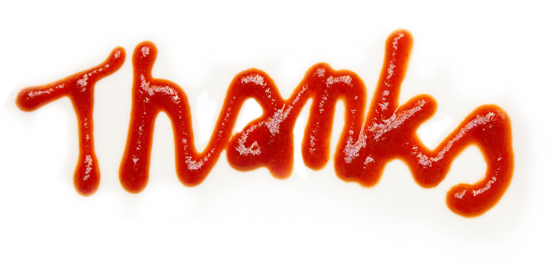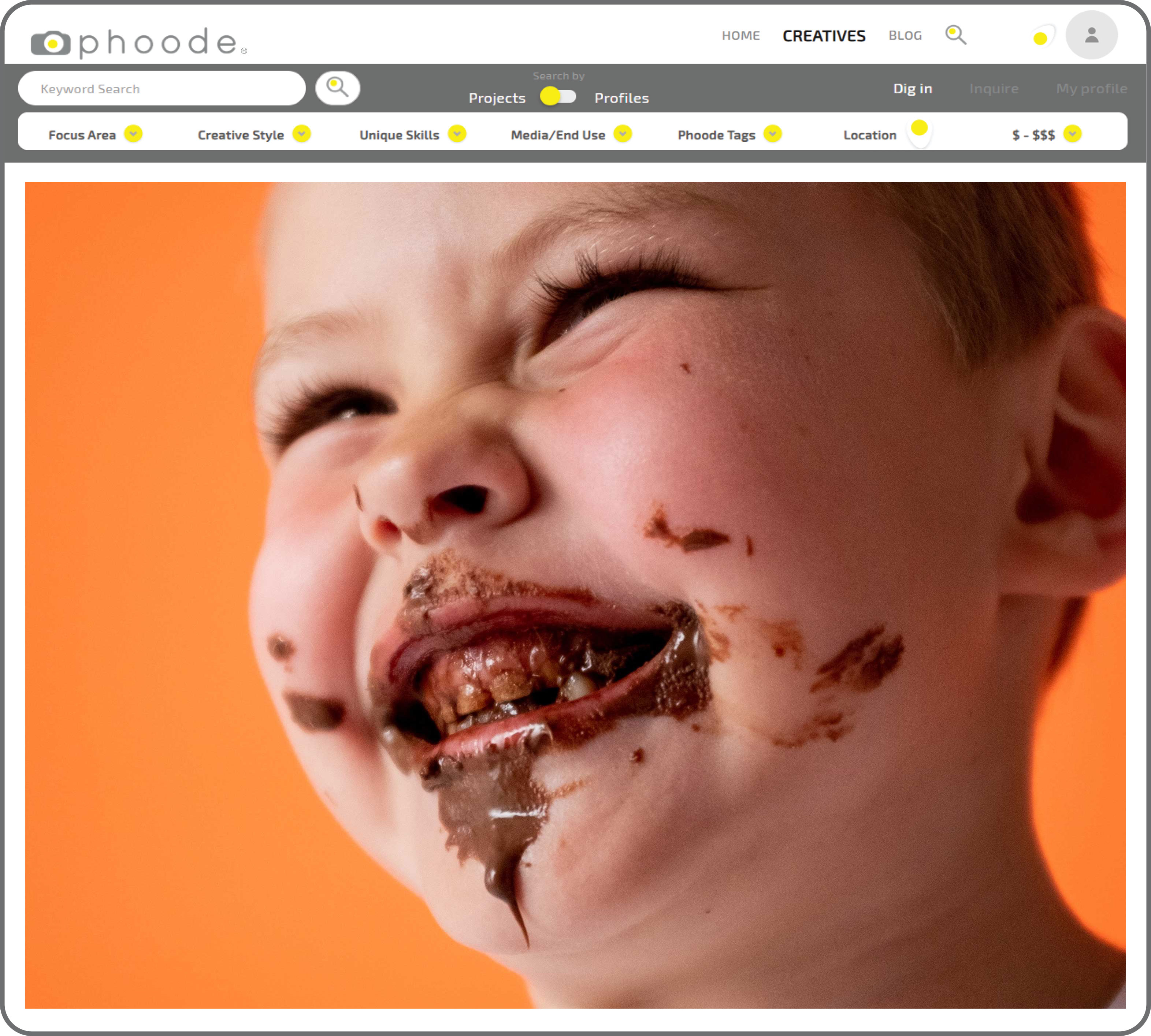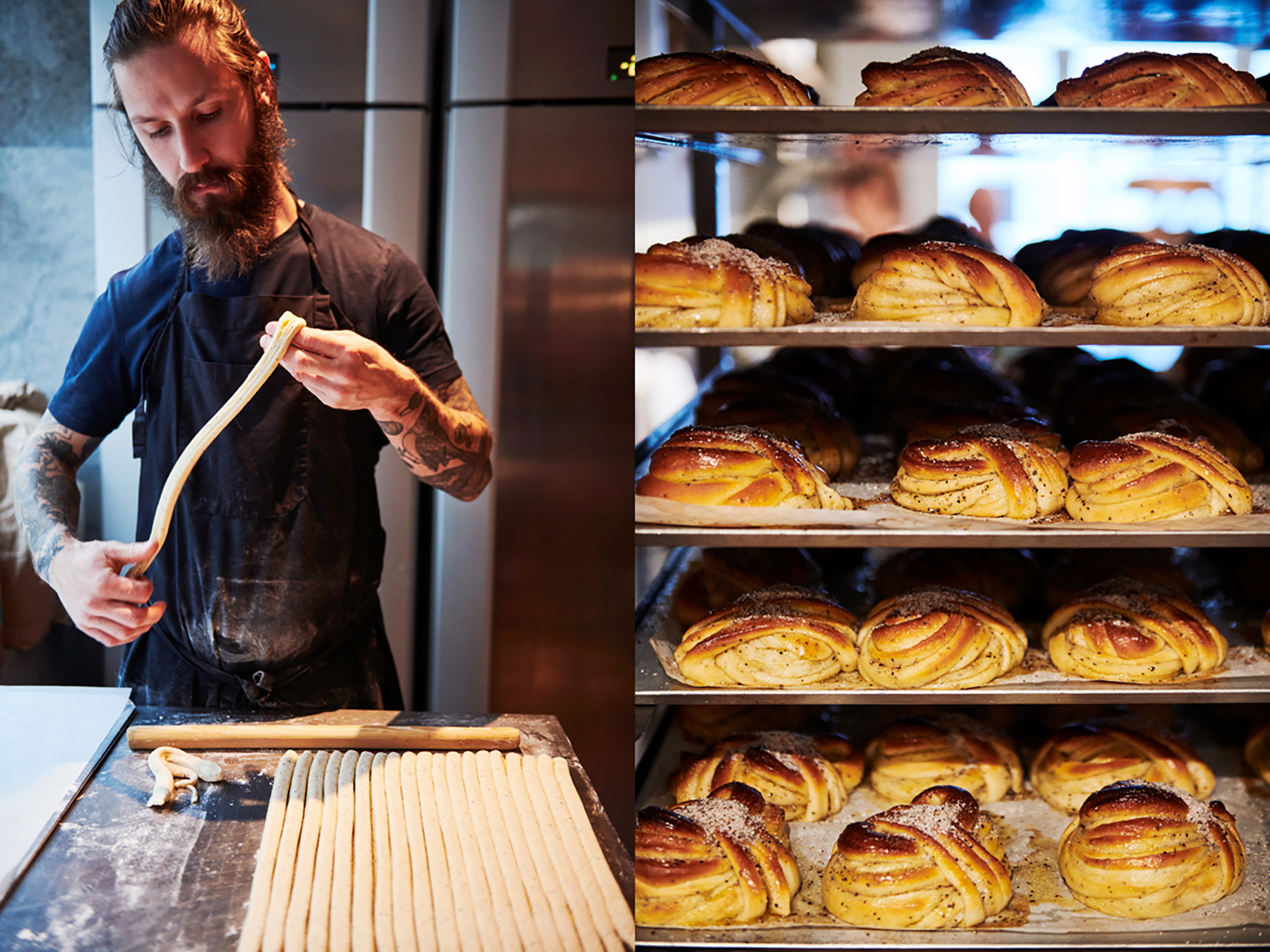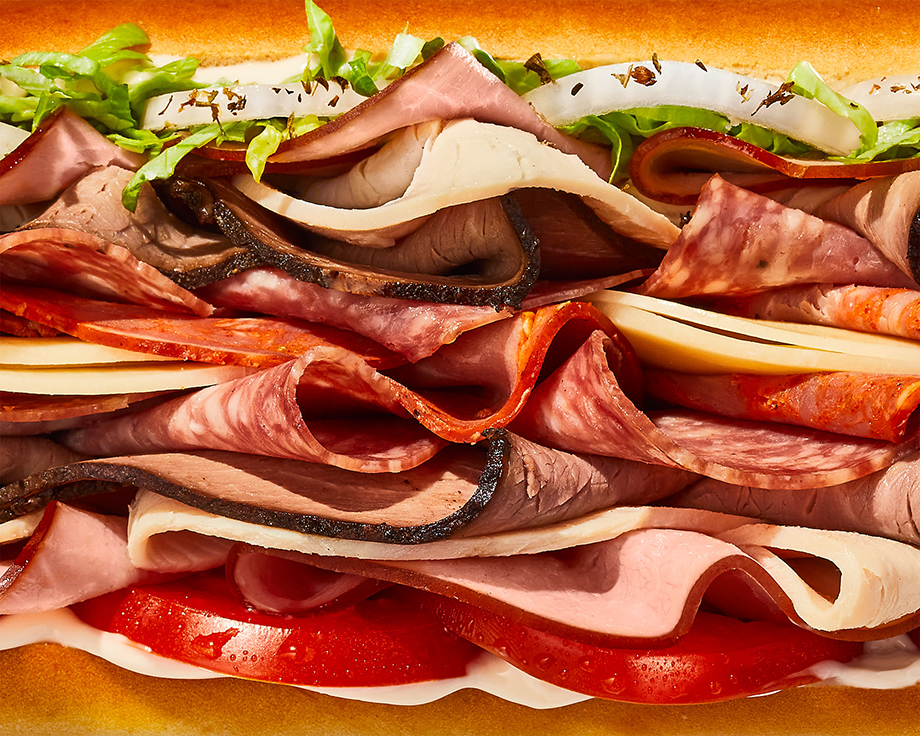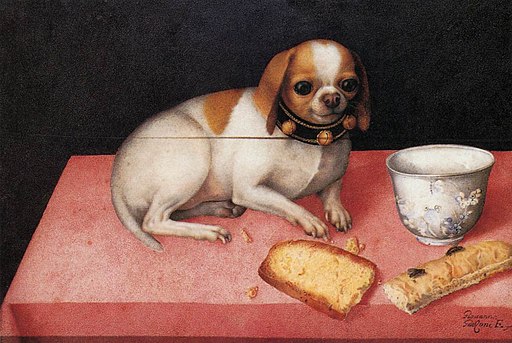Why Food & Beverage Brands Are Wasting Millions on Shiny Social Media Tactics Without Real Results
The Hidden Flaws in Modern Marketing
In the fast-paced world of digital marketing, where algorithms reign supreme and viral trends come and go like fleeting memes, it’s easy to get seduced by surface-level sparkle. But beneath the likes, shares, and engagement metrics lies a harsh reality: most food and beverage and hospitality brands, even those offering culinary networking experiences, are throwing money at strategies that look impressive but deliver zero meaningful conversions. As an entrepreneur with a background in psychology, behavioral science, app development, and high-end content production, I’ve seen this play out time and again. Recently, I stumbled upon a job ad that perfectly encapsulated the problem—and it inspired me to share why so many marketing efforts crash and burn, and how a more thoughtful, ownership-driven approach can turn things around.
The Allure of the Quick Fix: Metrics Over Meaning
Picture this: A brand launches a flashy social media campaign, complete with eye-catching visuals, trendy hooks, and a barrage of posts designed to rack up impressions. The marketers pat themselves on the back as the analytics dashboard lights up—thousands of likes, hundreds of comments. But when you dig deeper? Crickets in the sales department. Subscriptions stagnant, purchases flatlining. Why? Because too many marketers today chase vanity metrics borrowed from social media playbooks, without understanding the human psychology that drives real behavior—whether it’s for innovative culinary networking experiences or broader food and beverage ventures.
In my years freelancing for various brands and building my own ventures, I’ve noticed a recurring pattern. Brands waste fortunes on “competitive” concepts that mimic competitors without asking the fundamental question: Why are we doing this? Social media gurus, often young and algorithm-obsessed, treat marketing like a checklist—post frequency, hashtag optimization, A/B testing hooks. But they miss the forest for the trees. True conversion doesn’t come from viral stunts; it stems from deeply understanding your audience’s pain points, desires, and decision-making processes—key for platforms offering culinary networking experiences that blend dining with meaningful connections
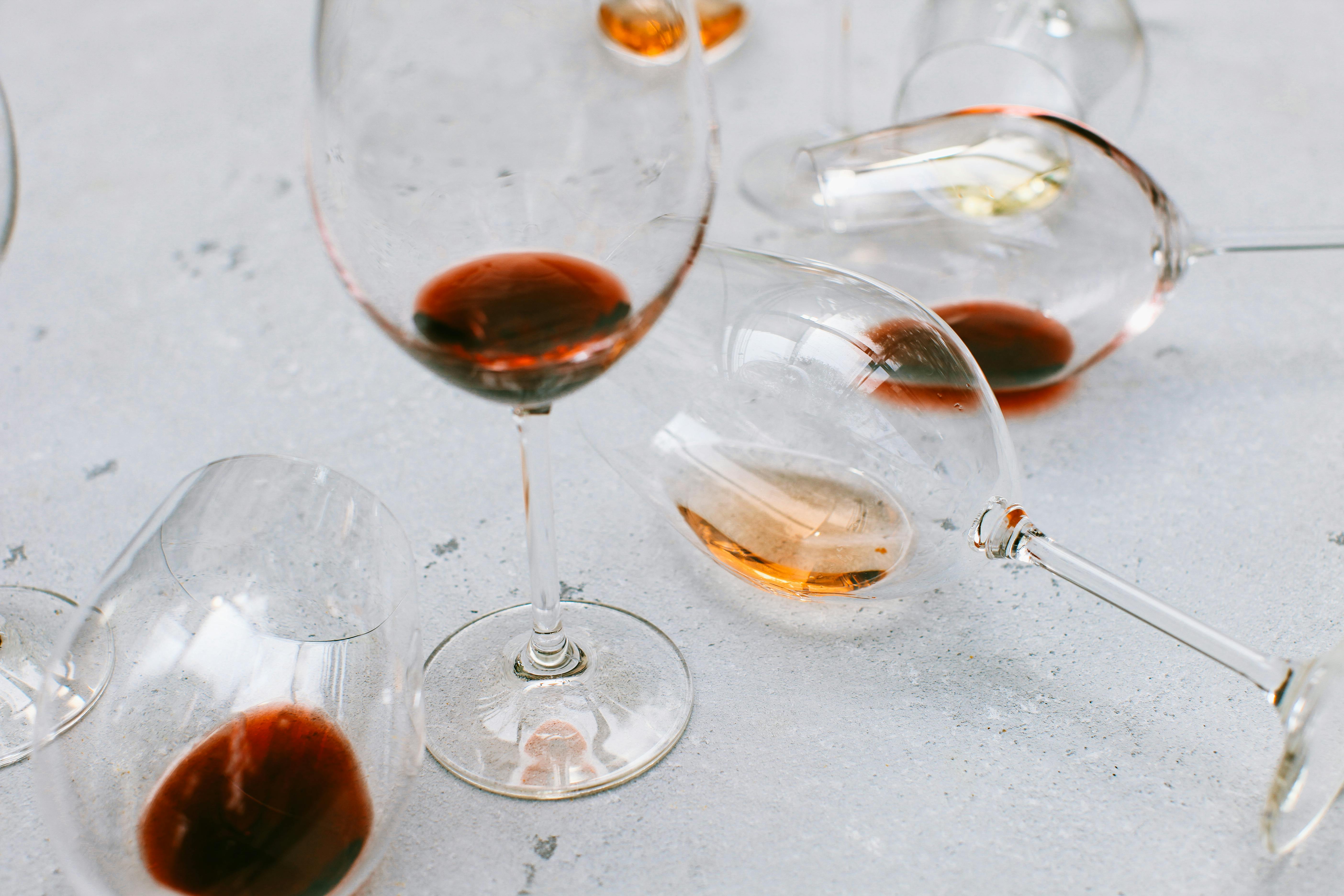
Take high-end commercials versus scraped-together social content. I’ve worked on both sides: producing polished ads that convert through storytelling and emotional resonance, and churning out quick-hit posts that fizzle out. The difference? The former is rooted in behavioral insights—leveraging principles like scarcity, social proof, and cognitive biases to guide users from awareness to action, whether that’s booking a unique culinary networking experience or engaging with a chef’s story. The latter? It’s often just noise, designed for engagement but oblivious to the buyer’s journey.
A Real-World Wake-Up Call: The Interview That Exposed It All
This insight hit home during a recent interview for a marketing role. The ad was for an ambitious, well-funded dining and events club launching in December in Los Angeles, positioning itself as the “next Soho House” but at a third of the price, with a focus on inclusivity, genuine connections, and creative culinary networking experiences. They boasted eight successful events, four menus, three committed chefs, and a stockpile of content ready to deploy. On paper, it sounded promising—perfect for amplifying through targeted food and beverage marketing. They needed help with branding, storytelling, posting strategies, analytics, and building pre-launch hype—classic areas for improvement in any startup.
But during the discovery call, the cracks appeared. The founder was enthusiastic but utterly lost. When I asked the most basic question—”Who are you building this for?”—the response was vague: foodies aged 21-26. “Everyone’s a foodie these days,” I thought (and said aloud). And that age group? They’re often strapped for cash, navigating entry-level jobs or student loans. How do you expect them to splurge on premium culinary networking experiences when their disposable income is minimal? The targeting was broad, the assumptions flawed, and the path to conversion? Nonexistent.

Worse, the strategy started backward: jumping straight into content and visuals without a solid foundation in copywriting, audience mapping, or niche targeting. They hadn’t considered how to repurpose B-roll footage effectively or incorporate storytelling that resonates on a psychological level, critical for promoting culinary networking experiences. No wonder so many similar ventures fail—they invest in pretty pictures and ad spends without the behavioral blueprint to make it work.
I was brutally honest: “This won’t sustain long-term. Los Angeles is saturated with dining venues and experiences.” But I didn’t stop there. Drawing from my entrepreneurial experience (building apps with real traction) and psychological expertise, I offered alternatives. Narrow the niche: Find underserved communities. Target creative professionals in their late 20s to mid-30s who crave authentic networking but balk at elitist clubs—ideal for culinary networking experiences that blend food, creativity, and connection. Use copy that speaks to their aspirations—belonging, inspiration, exclusivity,
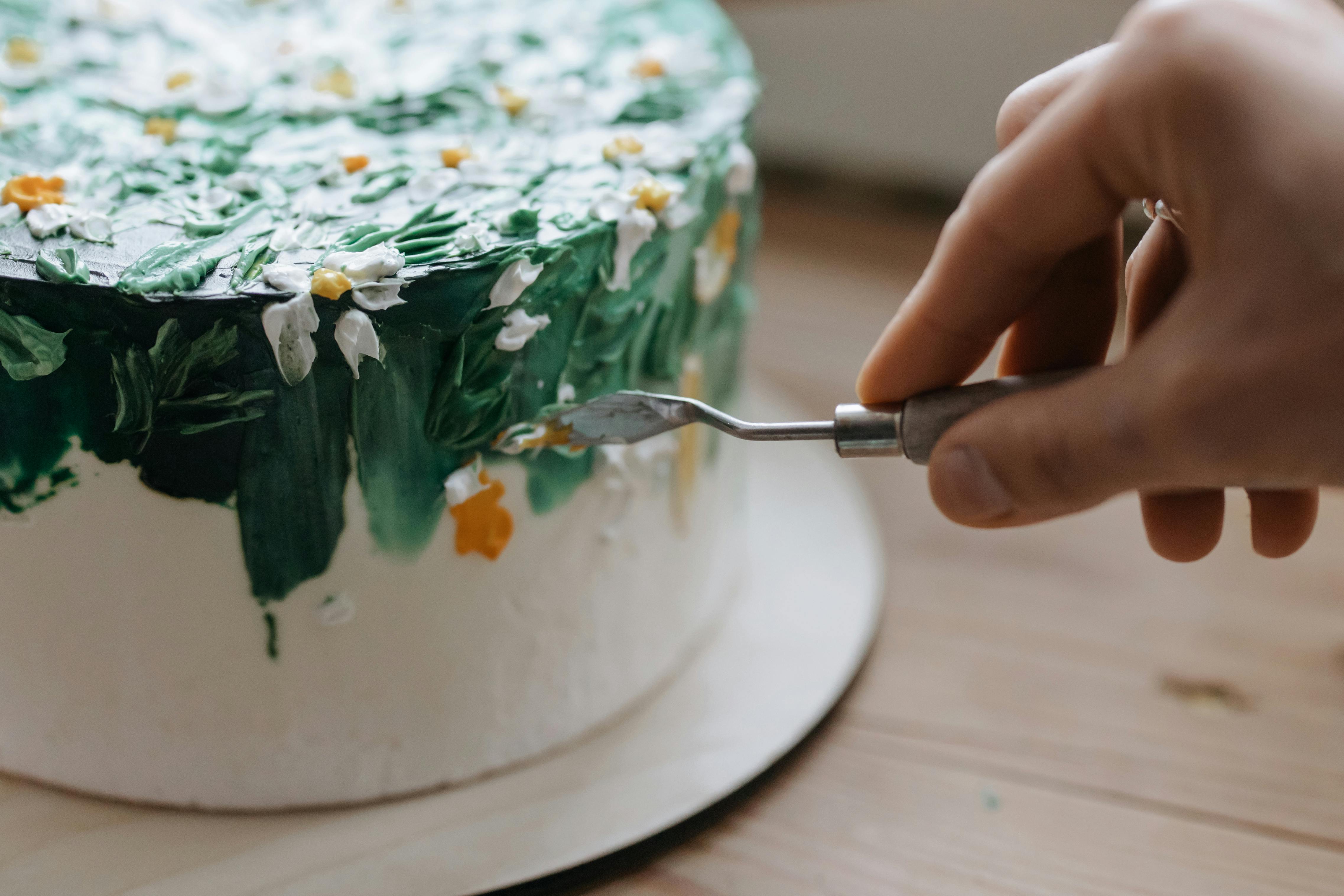
without the snobbery. Track not just likes, but direct metrics like sign-ups and inquiries. And most crucially, start with the who and why, not the what.
The Expertise Gap: Why Freelancers and Agencies Fall Short
This isn’t an isolated incident. Across industries, from food and beverage to tech, marketers are often “fakers on metrics”—armed with social media tricks but lacking depth in psychology or media production. Most of them have never built a product on their own; they’ve only assisted with setting up social campaigns. As far as I’m concerned, that’s zero real-world experience. They’ve never dissected why a commercial converts (hint: it’s the narrative arc that builds trust and urgency, perfect for culinary networking experiences) or why app users stick around (behavioral nudges like personalized event recommendations). As someone who’s freelanced for diverse brands, I’ve met people like that firsthand. They push concepts that cost a ton of money but won’t convert. I can spot overpriced nonsense and know when you can do more with less—or when you need more. That’s why I’m shifting my mindset toward partnering with one brand or controlling the entire cycle—pouring my full arsenal of experience and knowledge into something I can truly shape, like elevating a platform focused on culinary networking experiences.
The advantage? A holistic skill set that outpaces the competition:
-
Psychological and Behavioral Insights: Map target groups with precision, using data on motivations and barriers to craft messages that convert.
-
Entrepreneurial Mindset: Ask the right questions from day one—who, why, how—to avoid blind investments.
-
Creative Production Chops: Turn raw footage into compelling stories, not just filler posts, aligning with the storytelling needed for culinary networking experiences.
-
Proven Traction: From app launches to high-end commercials, I’ve driven real results, not just engagement spikes.
Brands like the one from the ad don’t need more trial-and-error; they need strategists who can talk them out of wasteful tactics and into efficient, psychology-backed plans. Imagine repurposing that B-roll into a teaser series that builds hype through emotional storytelling, or using niche targeting on Instagram and TikTok to attract high-value members who actually convert—perfect for audiences seeking culinary networking experiences.
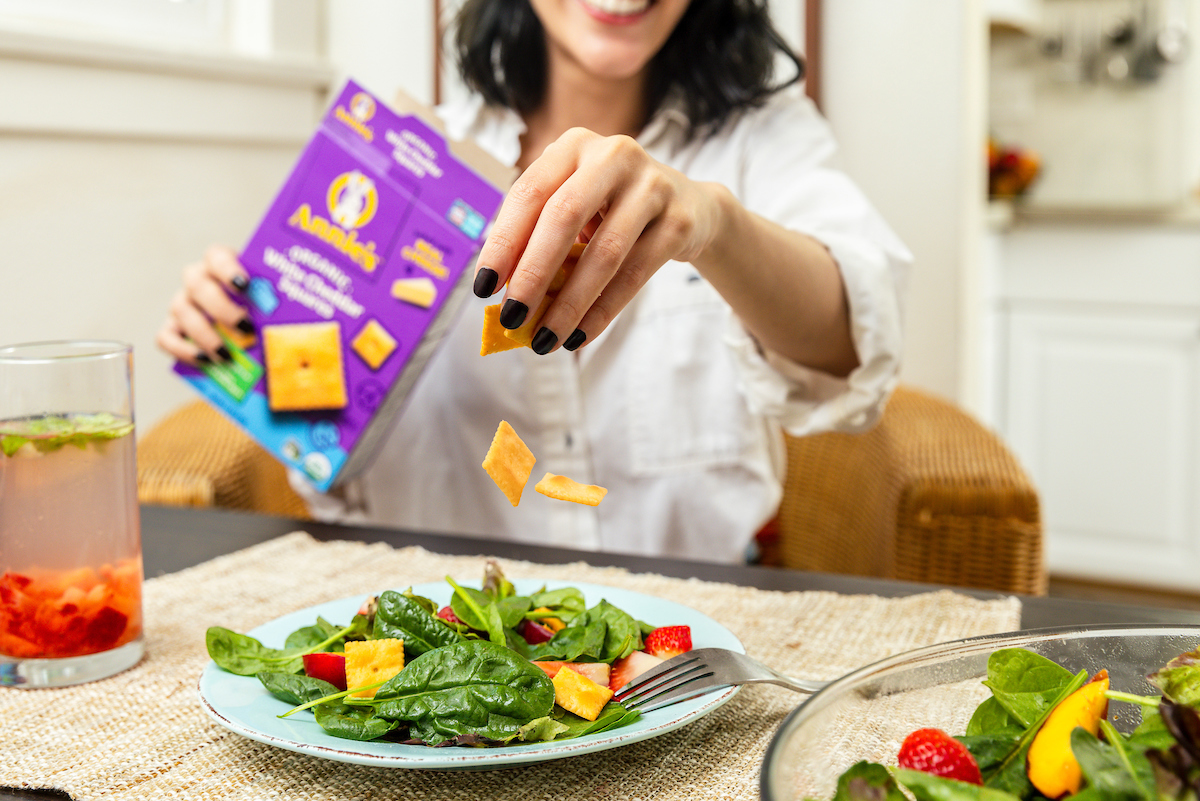
A Better Way Forward: Building Marketing That Lasts
The lesson? Marketing isn’t about flooding feeds—it’s about forging connections that lead to action. Start with crystal-clear targeting: Identify niches where your value proposition shines, like those seeking culinary networking experiences that merge dining with meaningful interactions. Master copywriting as the backbone—words that persuade, not just inform. Layer in visuals and content that amplify the message, tracked by analytics focused on ROI, not vanity.
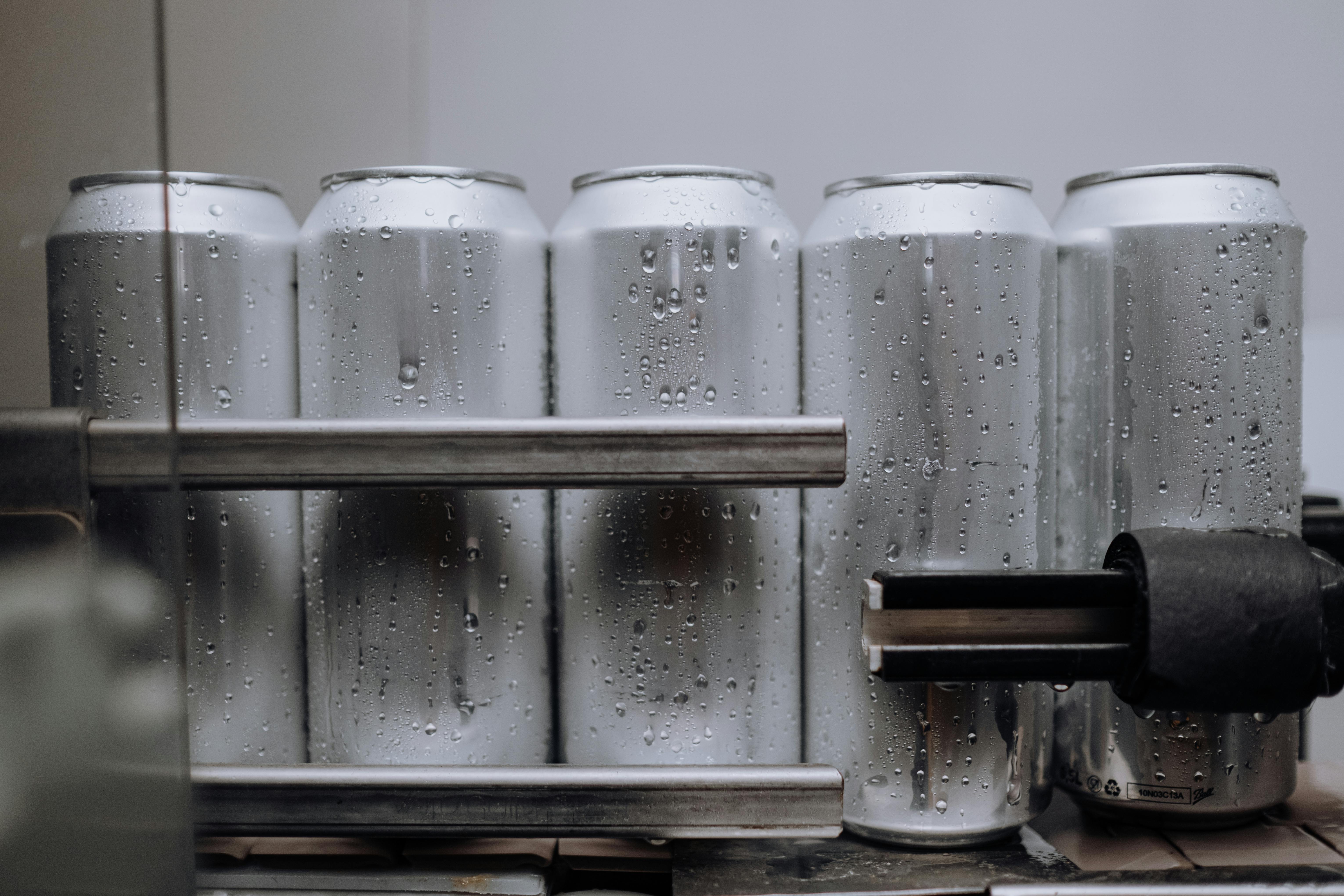
For emerging food and beverage CPG brands or culinary networking experiences like the one from the ad, this means evolving from vague “foodies” to specific personas: aspiring entrepreneurs seeking collaborative spaces, or creatives tired of superficial networking. Incorporate storytelling in every post—the chef’s journey, the event’s behind-the-scenes magic—to foster genuine excitement for culinary networking experiences. Post with purpose: frequency tied to audience habits, content types diversified (food showcases, talking heads, entrepreneur spotlights) for maximum impact.
In a world drowning in mediocre content marketing, those who blend psychology, creativity, and strategy will rise. I’ve built my career and startups on this intersection, and it’s time more brands did too—especially those aiming to stand out in the crowded food and beverage space and dare to be different. If you’re launching something bold, don’t settle for surface-level tactics. Invest in depth—or watch your budget vanish into the digital void.
What do you think? Have you seen similar marketing missteps in your industry, especially in the food and beverage space offering culinary networking experiences? Share your thoughts below.


